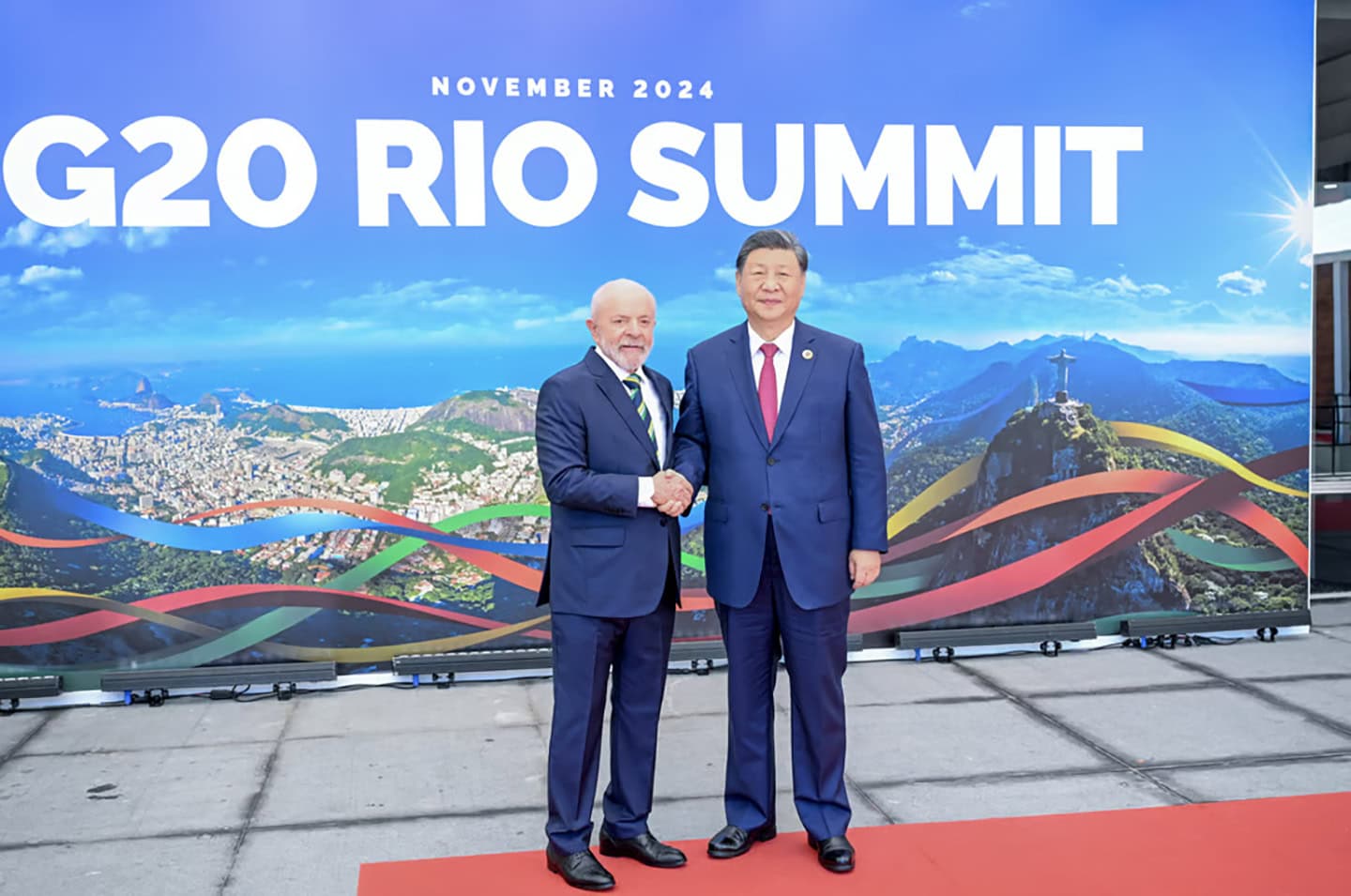President Xi Jinping of China visited South America in November to attend two important multilateral meetings – the APEC meeting and the G20 Summit.
The interactions between China and Brazil have attracted great attention from the international media. China and Brazil made several bilateral agreements in various fields including agriculture, infrastructure, energy and aerospace. They strengthened the alignment of the two countries’ development strategies, consolidated political mutual trust between the two sides, and enhanced the strategic, innovative and leading nature of their bilateral relations.
China and Brazil are two major developing countries in the Eastern and Western Hemispheres. Both are vast and populous countries, and they are also BRICS members. Naturally, China and Brazil share many common themes in terms of national development and the progress of their people’s livelihood, among other aspects. The most representative one is the commitment of both leaders to poverty alleviation as one of their most urgent tasks. President Xi described poverty alleviation work as “a major task I am determined to deliver,” while Brazilian President Luiz Inácio Lula da Silva referred to solving hunger as “fulfilling the mission of life.” This reflects the reality that although developing countries have their own realities, all countries have a common desire to pursue development and a better life.
The mutually beneficial cooperation between China and Brazil is highly convincing. For 15 consecutive years, China has been Brazil’s largest trading partner and one of its primary sources of foreign investment. According to Chinese statistics, China’s annual imports from Brazil have exceeded $100 billion over the past three years. The scope of their shared interests continues to expand, with notable highlights in agriculture, infrastructure, green development, and technological innovation. Despite being approximately 18,800 kilometers apart, making them “the most distant countries,” their relationship has transcended hemispheric and civilizational divides, achieving mutual learning and shared prosperity. They have also become a model for cooperation and win-win outcomes on the path to modernization between two developing countries and two “Global South” nations.
In the recent family photo taken at the G20 summit in Rio, the leaders of China, South Africa, Brazil and India stood together, with some commentators interpreting this as a sign that the future of “Global South” countries is on the horizon.
Source: Global Times



